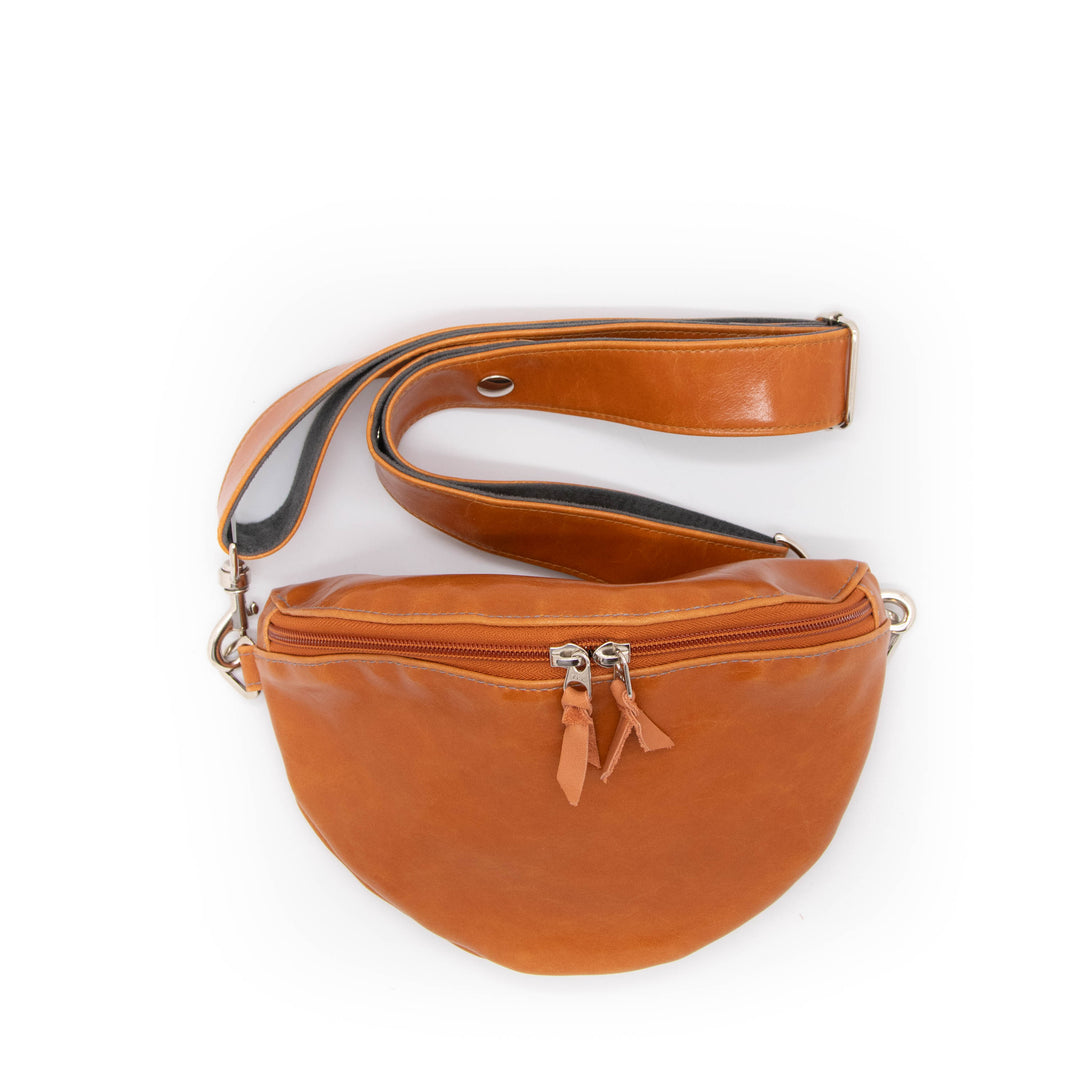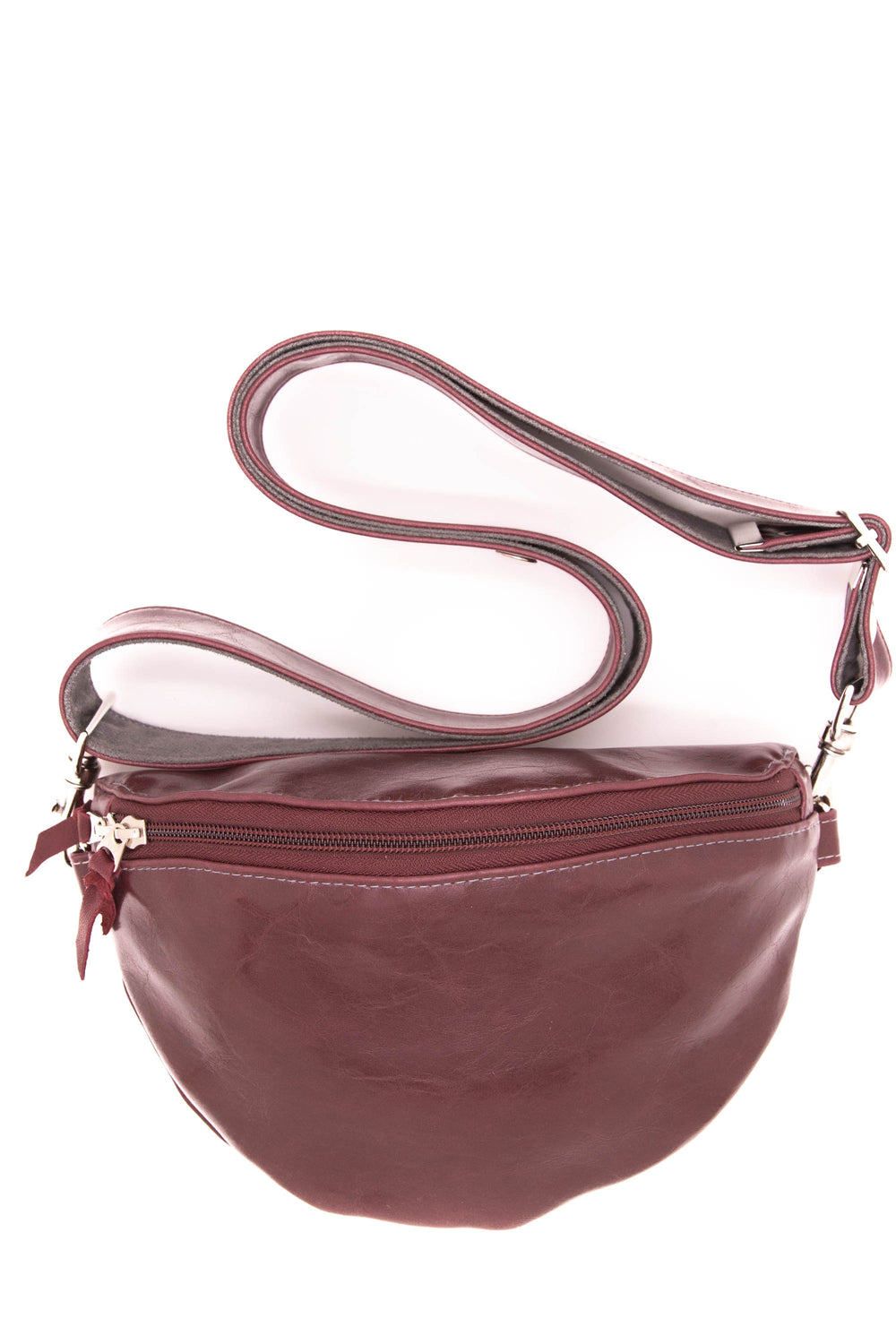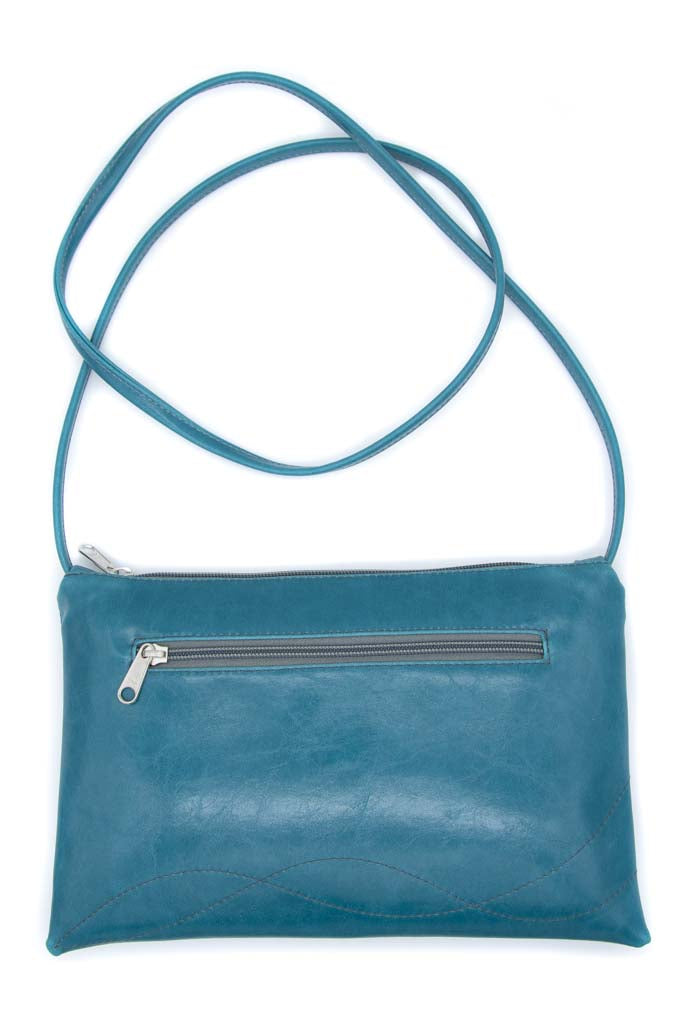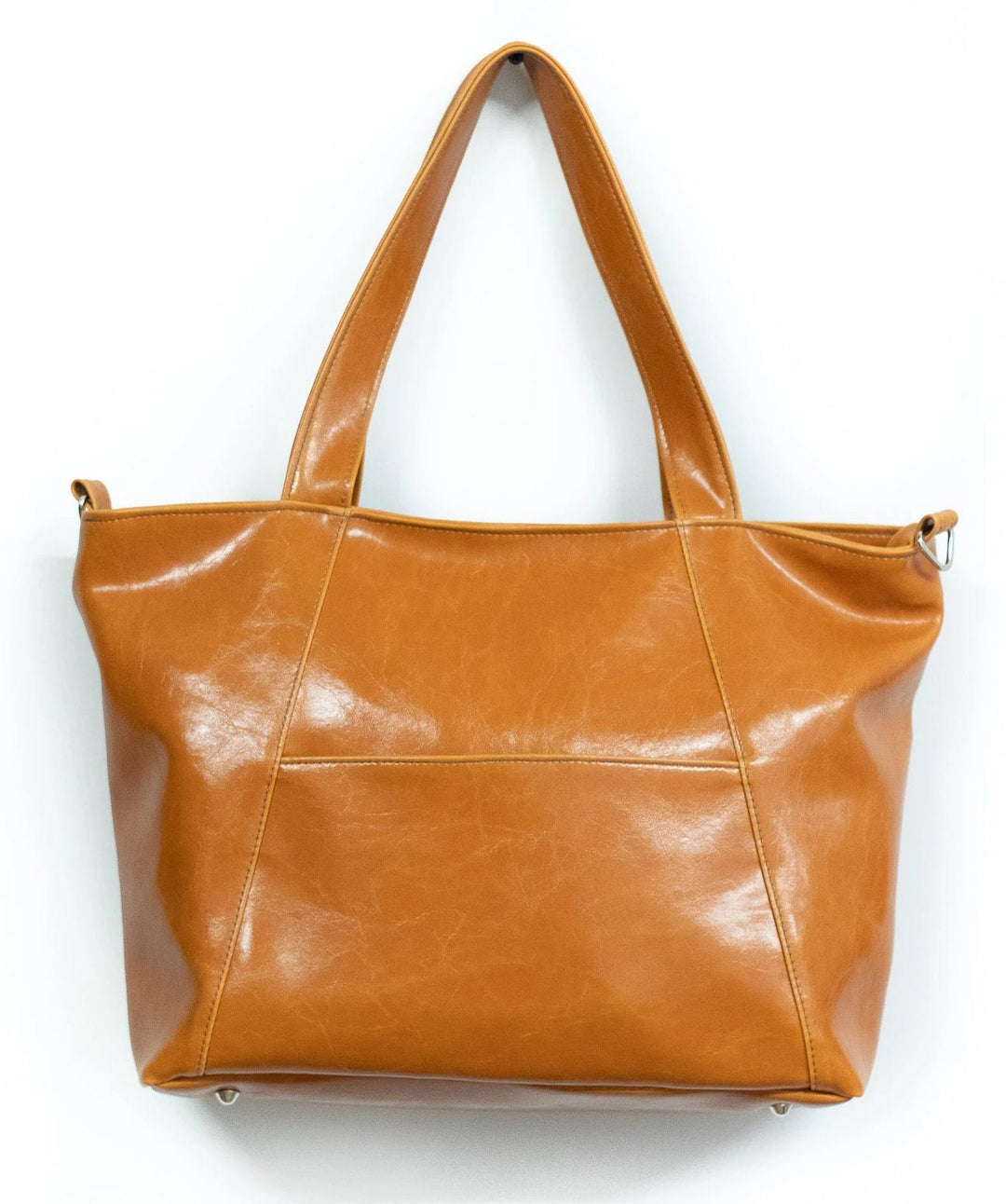All too often, these familiar claims are thrown around when condemning the use of leather:
"Is leather is a byproduct of the meat industry?"
“Are cows are killed for leather?”
"Is all leather-tanning toxic for the environment?"
"Is vegetable-tanned leather more eco-friendly than faux leather?"
Being a materials-driven designer, I grapple with the balance of creating with beautiful yet durable materials in a sustainable factor. I don’t think it’s a completely black and white answer when it comes to whether a material is eco-friendly. There's no one perfect material - it all has its drawbacks. As a pioneer of sustainable design for nearly 20 years, I have come to recognize the conflict of using vegan materials in my own designs.
Through my Venture Fellowship at BF+DA, (best known as a hub for ethical design) I was provided the rare opportunity to participate in first-person full-sensory experience to the cultural context of vegetable-tanned leather in its birthplace in a tiny village in Tuscany called San Miniato.
As an artisan, this invitation is obviously a bucket-list opportunity. And I won't lie: It is also a welcome catalyst to experiment - to stretch myself in ways I don’t usually have opportunity or resources to try.
I want to investigate further with an open mind, in a creative and explorative manner and to share with you all my findings.
Via the consorzio's website:
-
Vegetable-tanned leather productive cycle is strictly monitored to ensure a low impact on the environment:
-
No animal is killed for its skin. On the contrary, the raw hides used by the Tuscan tanneries are the discarded by-products of the food industry producing meat for human consumption.
-
Being tanned with natural tannins, a vegetable-tanned leather object can be easily disposed of at the end of its life, thanks to its chemical-biological characteristics.
-
Our tanneries have made huge investments in depuration systems and waste recycling that make them work in full respect of man and the environment.
-
Many of the substances used during the tanning process are recovered, recycled and reused in different fields. Hair removed from raw hides is transformed into agricultural fertilizer; sludge produced by the depuration plants is reused in the construction field to make bricks.
-
Vegetable-tanned leather, recognizable from its trademark, does not contain any toxic substance such as azo-dyes, nickel, PCP or chrome VI
This week-long program, and subsequent exhibition and competition, called Craft the Leather, is sponsored by Pelle Vegetale Consortzio. During this exploration of this ancient art, I explored ancient techniques of this luxurious material often called 'vacchetta', which is imbued with historical and social value. This lush agricultural region’s reputation to being connected to the land in a mindful way, will be my backdrop while I immerse myself in this experience. Hopefully finding out the truth behind those claims (and others) that are thrown around.
Along with a hand-selected group of 20 academics and students from around the globe, I visited vegetable leather tanneries to learn where the leather comes from, toured one of the most advanced water treatment systems in the world, met other small-batch leather artisans, and learned centuries-old techniques from master craftspersons from the region.













Hi, where are the next posts on this? Id love to see your findings?? Thanks so much!
Can’t wait!
Leave a comment